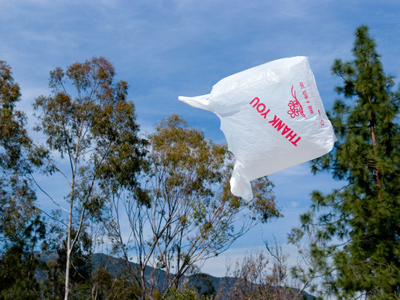
Polymerisation
One of the topics covered in GCSE Chemistry is polymerisation. Polymerisation is the reaction of monomer molecules to form long chain polymer molecules.
A monomer is a small reactive molecule that can be joined with other monomers to form long chains. These long chain molecules can be made up from tens of thousands of monomers joined together. When making a polymer, sometimes only one type of monomer is used, for example, if you use only ethene, you will end up with poly(ethene). In other cases, two monomers can be used. You may have seen or made nylon in your lessons - to make it you use two different polymers, adipic acid and 1,6-diamino hexane. A strand of nylon can be pulled out from between the two immiscible layers of chemical.
Ready for more?
not all...
quizzers. Try to win a coveted spot on our Hall of Fame Page.







